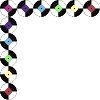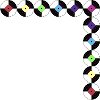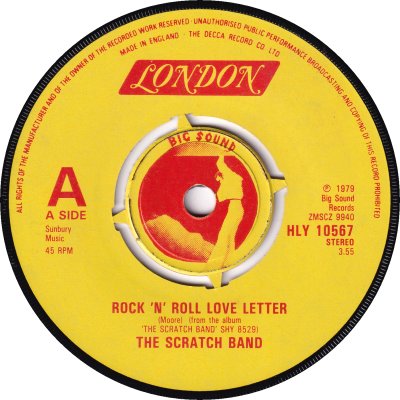
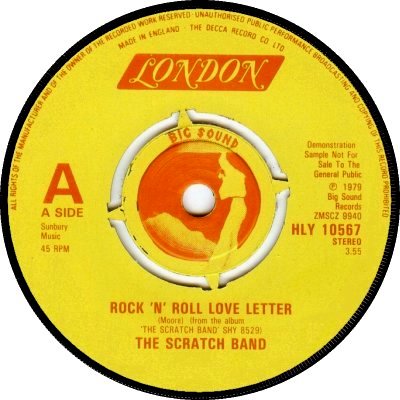
Big Sound was an American 'New Wave' label, out of Wallingford, Connecticut. It was formed in 1977 by manager / producer / studio owner Thomas Cavalier and guitarist / producer Jon Tiven, who served as the company's general manager. It was described in 'Billboard' of the 19th of November 1977 as 'One of the more vigorous of the independent New Wave labels'. The article went on to say that Big Sound had introduced a new concept, the 'BP' - a 12" 33 1/3rpm record with a medium running time of around 25 minutes and a suitably low price. 'BB' of the 7th of January 1978 reported that there had been some confusion over 'BP' records: there was a tendency to lump them in with 45rpm Disco singles, although Big Sound were insistent that they were albums. 'BB' of the 8th of July 1978 noted that the company had enjoyed 'a modicum of success with an unorthodox marketing ploy' and said that a BP by The Scratch Band had sold more than 20,000 copies despite minimal advertising and production budgets. Tiven was quoted as saying that it was better for Big Sound's artists to operate on a small budget than to have to sell 100,000 albums just to cover production and promotion costs.
In 1979 Big Sound signed a licensing deal with Decca for the UK, which led to the appearance of four singles and several albums here - for better or worse the BPs never made it across the Atlantic. The singles were given a special yellow London label with the Big Sound logo in the middle; it was distinctive enough for me to award them their own dedicated page on this site. The first three were issued together on the 30th of March; a fourth and last followed in October. Oddly none of the four came out as singles in the company's home land. Demo copies of the first three had the same labels as the issues but with the appropriate wording overprinted (2); demoes of the last had black-on-white labels. Sales appear to have been less than spectacular here, and Big Sound's successes in America don't seem to have been sufficient for it to survive into the 1980s. Thanks to Robert Bowes for the second scan.

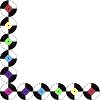
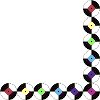
Copyright 2016 Robert Lyons.
